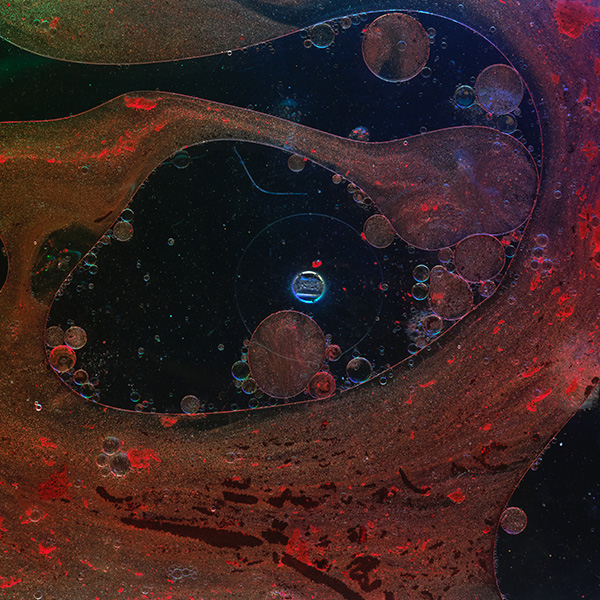Key Benefits
- Check for cortisol excess that signals Cushing’s syndrome.
- Spot abnormal cortisol patterns driving weight gain, high blood pressure, and diabetes.
- Clarify symptom clusters like fatigue, easy bruising, and muscle weakness with objective data.
- Clarify source: low DHEAS suggests adrenal; normal/high favors ACTH-driven.
- Guide next steps if abnormal: late-night salivary cortisol, dexamethasone suppression, endocrinology referral.
- Protect fertility by identifying cortisol excess that disrupts cycles, ovulation, and testosterone balance.
- Support pregnancy planning by addressing hypercortisolism linked to adverse maternal-fetal outcomes.
- Track recovery after treatment by following cortisol and DHEAS returning toward baseline.
What are Cushing’s Syndrome
Cushing’s Syndrome biomarkers are the body’s chemical fingerprints of chronic cortisol overload. They show whether cortisol (a glucocorticoid) is persistently high, how it behaves across the day (circadian rhythm), and what is driving it. Together, these measures translate nonspecific symptoms into an objective picture of hormone imbalance. They reflect activity along the stress-response pathway (hypothalamic‑pituitary‑adrenal axis), including the pituitary signal that normally controls adrenal output, ACTH (adrenocorticotropic hormone). By assessing cortisol itself and its downstream breakdown products (metabolites), biomarkers indicate both the intensity and the total production of this hormone over time. Just as important, they reveal the source of the problem: whether the adrenals are being overstimulated by ACTH from the pituitary or another tumor (ACTH‑dependent), or producing cortisol on their own (ACTH‑independent). This information enables accurate diagnosis, guides imaging and treatment decisions, and provides a clear baseline for tracking response, remission, or recurrence. In short, Cushing’s biomarkers capture the “what,” “when,” and “where” of cortisol excess in the body.
Why are Cushing’s Syndrome biomarkers important?
Cushing’s Syndrome biomarkers track how much cortisol the body makes and when it makes it, revealing the health of the brain–adrenal stress axis and its ripple effects on metabolism, blood pressure, bone, mood, skin, and fertility. They include 24‑hour urinary free cortisol, late‑night salivary or serum cortisol, serum ACTH, and adrenal androgens such as DHEA‑S.
In healthy people, morning serum cortisol is commonly around 5–25, with a steep drop to very low values near midnight; 24‑hour urinary free cortisol sits within the lab’s reference range; DHEA‑S has wide adult ranges (men ~80–560; women ~35–430), peaking in early adulthood and declining with age. Optimal patterns cluster around a mid‑range morning cortisol with a clear late‑night nadir, and an age‑appropriate mid‑range DHEA‑S. In Cushing’s, cortisol is high and the midnight nadir is lost; urinary free cortisol often exceeds the upper limit (marked elevations strongly suggest disease). DHEA‑S may be high when ACTH is driving the adrenals, but can be low when an adrenal tumor suppresses ACTH.
When values are low, physiology points away from Cushing’s. Low cortisol reflects adrenal suppression or insufficiency, bringing fatigue, dizziness, weight loss, and low blood pressure; in children, poor growth and low energy; in pregnancy, interpretation is complex because normal cortisol rises. Low DHEA‑S may mean age‑related decline; in women it can associate with low libido, and in suspected Cushing’s plus high cortisol it hints at an adrenal source.
Big picture: these biomarkers connect the HPA axis to glucose control, cardiovascular strain, bone turnover, immune defense, and mood. Tracking level and rhythm together refines diagnosis, clarifies source, and helps gauge long‑term risks such as diabetes, hypertension, fractures, and recurrent infections.
What Insights Will I Get?
Cushing’s syndrome reflects chronic exposure to too much cortisol, which disrupts energy use, raises blood pressure and blood sugar, weakens bones and muscles, alters mood and memory, and dampens immunity and reproductive signaling. At Superpower, we test these specific biomarkers: Cortisol and DHEAS.
Cortisol is the body’s main stress hormone (a glucocorticoid) made in the adrenal cortex under pituitary control. In Cushing’s, cortisol is persistently elevated and often loses its normal day–night rhythm. DHEAS is a stable adrenal androgen (dehydroepiandrosterone sulfate) that tracks adrenal stimulation by adrenocorticotropic hormone (ACTH). When cortisol excess comes from an adrenal source that suppresses ACTH, DHEAS is typically low. When cortisol excess is ACTH‑driven (pituitary or ectopic), DHEAS is often normal to high.
For system stability, cortisol patterns indicate HPA‑axis tone and circadian resilience. Chronically high or non‑suppressible cortisol signals a catabolic, insulin‑resistant, pro‑hypertensive state with cognitive and immune effects. DHEAS reflects adrenal reserve and ACTH drive; low DHEAS alongside high cortisol points to adrenal autonomy and reduced androgenic/anabolic tone, while higher DHEAS with high cortisol suggests sustained pituitary or ectopic ACTH stimulation. Together, cortisol and DHEAS help localize the source of hypercortisolism and gauge its whole‑body burden.
Notes: Interpretation depends on time of day and sleep schedule, acute illness or psychological stress, pregnancy and age (DHEAS declines with age), oral estrogens (raise cortisol‑binding globulin and total cortisol), glucocorticoid or enzyme‑inducing drugs, alcohol use, obesity or depression (pseudo‑Cushing states), and assay variability across laboratories.







.avif)



.svg)





.svg)


.svg)


.svg)

.avif)
.svg)










.avif)
.avif)
.avif)


.avif)
.png)


